Bi-Curiosities: Volkswagen's Twin-Engine Terrors
Though today’s hybrids have popularized it, the idea of installing more than one engine in a car to supplement power isn’t particularly new or innovative. In fact, it’s almost as old as the automobile itself.
There are plenty of historical examples of multi-engine cars; probably the most notable are absolute land speed record attempts. Just last week, for example, was the 51st anniversary of the American-made Goldenrod’s 409 mph record, set using no less than four 426 Hemi V8s borrowed from Chrysler.
But even further back, Alfa-Romeo had tried to break the stranglehold of the Silver Arrows in Grand Prix racing by utilizing two straight-eights in a P3 Grand Prix chassis. The solution was innovative, if not particularly successful.
But the exploits of sticking multiple motors in a vehicle to boost power and traction were not limited to exotic racers and record setters. In the 1980s, the concept was reintroduced in a few interesting packages. As it became increasingly clear that Audi’s all-wheel drive would revolutionize the world of rally, Volkswagen Motorsport director Klaus-Peter Rosorius felt Volkswagen shouldn’t play second fiddle to the Quattro.
Instead, they’d play with a second engine.
Twin-Jet Jetta
The Twin-Jet was the first Volkswagen Motorsport creation to sport a dual-engine setup. The basic vehicle was a Jetta coupe, but VW’s Motorsport branch saw the opportunity to create an all-wheel drive competitor to its sister company’s Quattro. Of course, the standard Jetta did not have a rear suspension suited to the task. Rather than just using the technology developed for the four rings, VW Motorsport embarked on a completely different and remarkably simple-seeming solution — taking the front suspension and drivetrain of the car and reproducing it in the back.
Though there was some reinforcement of the floor and A-arms, the suspension was standard GLi units. The engines were standard 1.6-liter inline-4 fuel-injected GLi units; in European trim they produced 110 horsepower. While that number doesn’t sound outrageous, double the engines meant double the power. Now packing 220 horsepower, the Twin-Jet was an all-wheel-drive mini-monster making more power than the vaunted turbocharged Quattro. Volkswagen Motorsports mounted ATS-made “Phone Dial” alloys that visually mimicked Porsche’s signature early-80s wheel to dress it up a bit and added a BBS body kit with subtle spoilers, but otherwise this was a pretty unassuming package.
The solution of how to connect these engines was quite interesting, too. Essentially, each engine and gearbox operated separately; however, the cooling system was a singular large radiator at the front, and the car’s sole clutch pedal worked both boxes. What was particularly trick was that via a dash-mounted switch, a driver could opt to work both engines, only the front, or only the rear engine. Unlike Audi’s Quattro, which drove all the wheels all the time, this Jetta could be FWD, RWD or AWD at your beck and call.
Scirocco BiMotor
Volkswagen’s 1981 development of the Twin-Jet then shifted to the more exotic looking second-generation Scirocco, which entered service in 1982. The plan was exactly the same as the Twin-Jet — two motors, two gearboxes, and some clever mechanical and electrical connections to make it all come together.
However, the BiMotor turned up the power, and turned it up in a big way. Instead of standard GTi/GLi-spec 1.6 motors, the BiMotor had new 1.8-liter units. Volkswagen hadn’t fully prepared a production 1.8 yet, so the motors were bored and stroked by Eckart Berg, who had cut his teeth running the Pierburg racing Audis. High-compression pistons and special heads were fitted, as were individual throttle bodies and Pierburg injection.
The results were impressive. Each motor produced 180 horsepower and spun to 7,200 rpm, resulting in a roughly 2,400 pound all-wheel-drive Scirocco with 3.6 liters, eight cylinders, and 360 horsepower motivating it. Helping to channel grip to all four wheels were limited slip differentials in each end.
It should come as no surprise that it was fast. Really, really fast. 0-60 was gone in 4.1 seconds, and it would beat a 911 Turbo to 110 mph by around a second. It was also quicker than Audi’s Group B-challenging Sport Quattro would be in 1984. Volkswagen utilized it for advertisements, taunting VW lovers of the potential of a 911 Turbo-killing coupe in the near future with perhaps as much as 440 horsepower. But it was basically a race car, and not ready for production.
So, Volkswagen then produced a second Scirocco BiMotor with a more finished, factory look. Vents were molded into the Quattro-inspired rear box flares, and the Fuchs alloys were on loan from Audi, too. VDO made a special one-off gauge set that held twin tachs and twin temperature readouts.
The engines were more production-ready, too, using the standard Volkswagen 1.8 bottom end, but each was mated to an Oettinger-made twin-cam 16V head (this was prior to VW’s own twin-cam motor). Compression was down slightly, and output was a less exotic 141 horsepower each; still, the resulting 282 horsepower was pretty outstanding for the time period. Slightly baffling was that Volkswagen utilized two automatic transmissions in this model, but the engineers reportedly judged the torque converters to be a good way to equalize the power front to rear.
While it looked like the company was ready to launch another challenger into the WRC, instead it went in a different direction.
Golf BiMotor Pikes Peak
Volkswagen Motorsport’s final development of the twin-engine design was two different iterations of the new second generation Golf. The intent was not to enter the World Rally Championship, but to conquer the heights of Pike’s Peak.
The first came in 1985. It borrowed much of the technology from the previous projects, including the twin Oettinger 16V/1.8-liter motors and boxed flares. However, the naturally aspirated engines were too weak to be truly competitive at the summit. The car finished 3rd in class with German Jochi Kleint driving.
Kleint and VW Motorsport returned in 1986 with a revised car, now sporting twin 1.3-liter motors borrowed from a Volkswagen Lupo. Each was turbocharged, but still down overall on power to the Sport Quattro S1 Bobby Unser won in. The duo finished 4th.
The final development was more impressive. Volkswagen Motorsport turned to Kaimann Racing and Kurt Bergmann, one of the people responsible for the first Scirocco BiMotor. Bergmann built a tubular chassis that housed two now longitudinally mounted 1.8 GTi 16V motors. Each was mated to a Hewland 5-speed manual gearbox and turbocharged. The pair reached a blistering 640 horsepower, but it needed it as 1987 would be the year of the legendary Sport Quattro S1 Pikes Peak car driven by Walter Röhrl. Just like the Audi, it also produced a legendary sound – the footage of the car reveals the ripping tone of the twin turbocharged 16V motors. The car was truly a silhouette of a Golf, and careful eyes will note that the one-piece front end was completely removable, while the rear behind the B-pillar was hinged upwards. As with the Artz Golf 928, the entire body was widened to encompass the tubular chassis.
Although the Golf was light and powerful with fully adjustable race suspension, it broke on its timed run and the story ended, as did the life of the Volkswagen twin-engine projects, with a DNF.
There is more great information about the development and technical details of these cars in Ian Duff’s book VW Power and Style.
[Images: VeeGeek, Drivers Found, World Rally Blog, VWVortex Forums]
More by Carter Johnson
Latest Car Reviews
Read moreLatest Product Reviews
Read moreRecent Comments
- Canam23 I've rented them and found them...fine. I wish Ford had continued with or came up with a new generation Fusion which was a far better sedan.
- MaintenanceCosts The ES will do well in an electric version, assuming it's more thoroughly baked than the half-finished RZ. There's plenty of the Lexus customer base who use planes whenever they travel and don't need to drive their own cars outside the metro area.
- Legacygt It was more than 20 years ago that the Bangle designed BMW sedans started looking a little bit awkward. But the lineup today is chock full of downright ugly vehicles. This is one of them.
- Jeff It does state in this article that Europeans as well as Americans have cooled on EVs. I can see push back from consumers on the 2035 deadline for EVs in Europe and in states like California. I have no problem with manufacturers offering EVs but many for at least now don't want EVs. Maybe GM instead of planning to do away with the Malibu to make more EVs, GM should have offered the Malibu as a hybrid only like Toyota is offering the Camry for 2025. It would cost GM a lot less to offer a hybrid Malibu and it would outsell any EV that plant would produce. I even think GM would increase sales of the Malibu as a hybrid only and more competitive pricing.
- Kwik_Shift_Pro4X I fell asleep looking at that image.

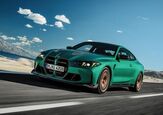

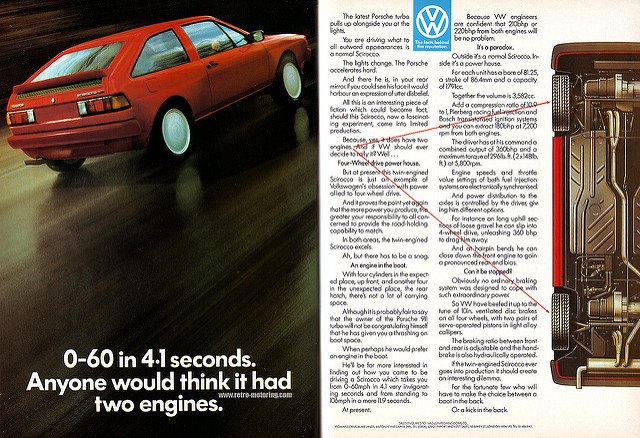






















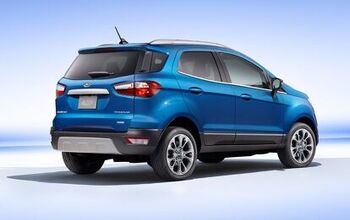
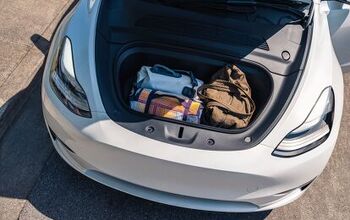
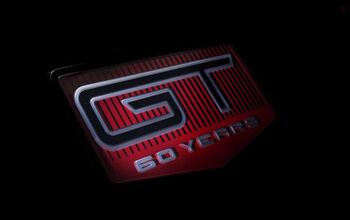

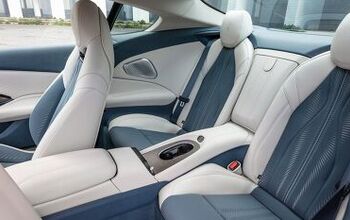
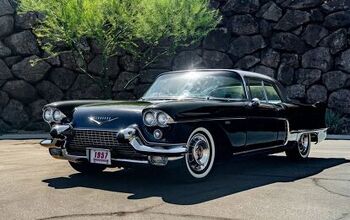
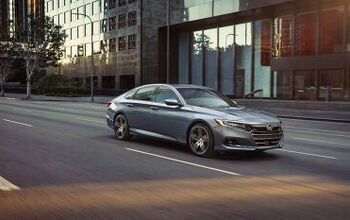
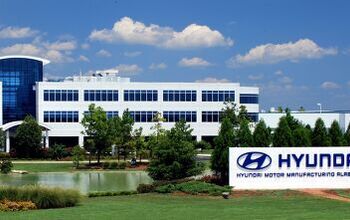
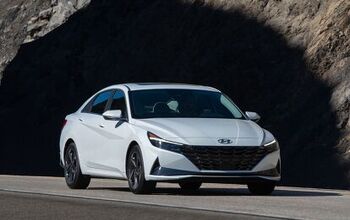
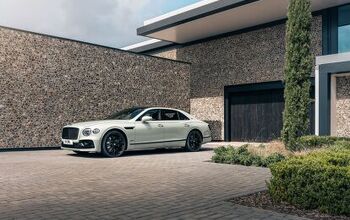
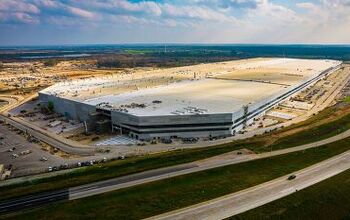

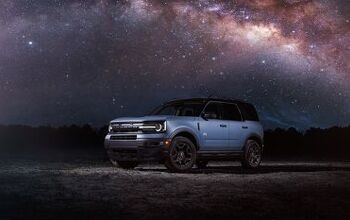
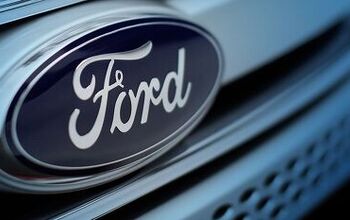
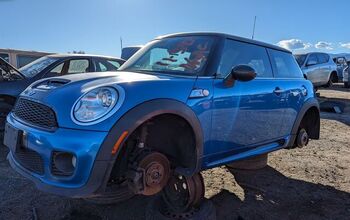
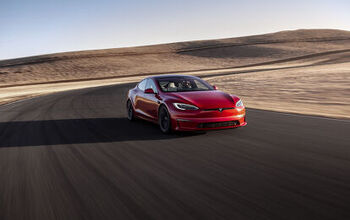

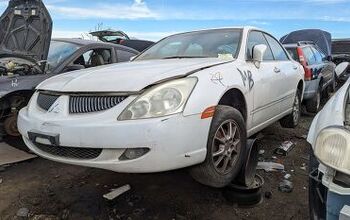
Comments
Join the conversation
Another important question is whether these babies could do 208mph through Oklahoma?
That is some weird, wild stuff.